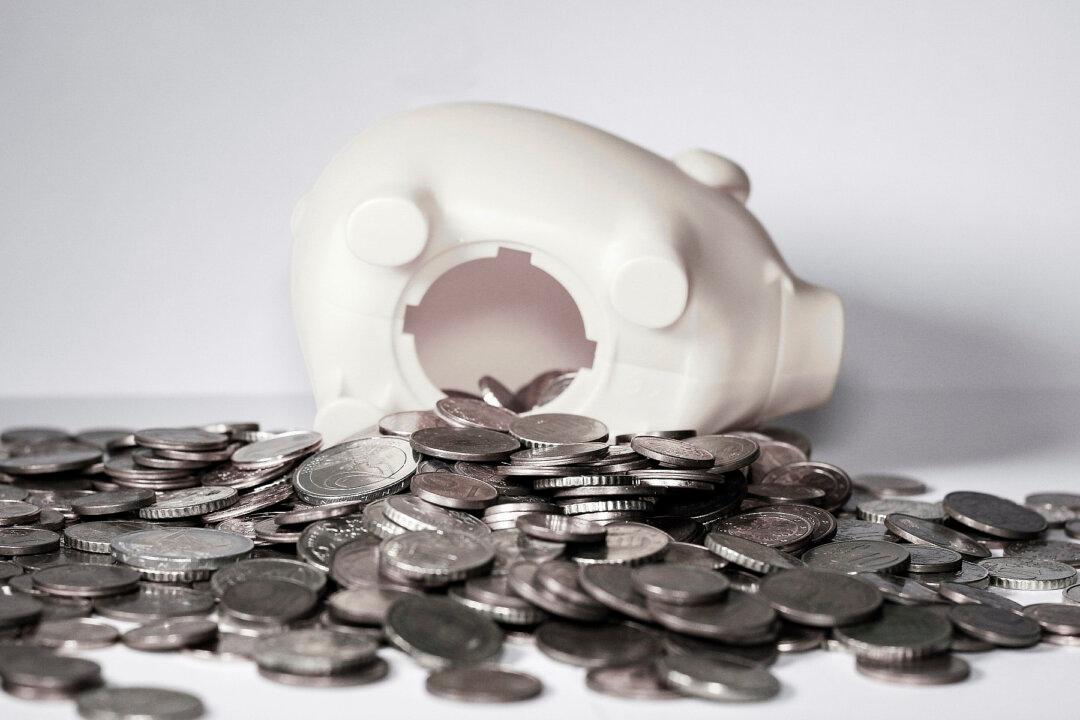Commentary
The leading monetarist, Milton Friedman, blamed the Federal Reserve System’s policies for causing the Great Depression of the 1930s. According to Friedman, the Fed failed to pump enough reserves into the banking system to prevent a collapse of the money stock. Because of this, Friedman held that M1, which stood at $26.34 billion on March 1930, fell to $19 billion by April 1933—a decline of 27.9 percent.





